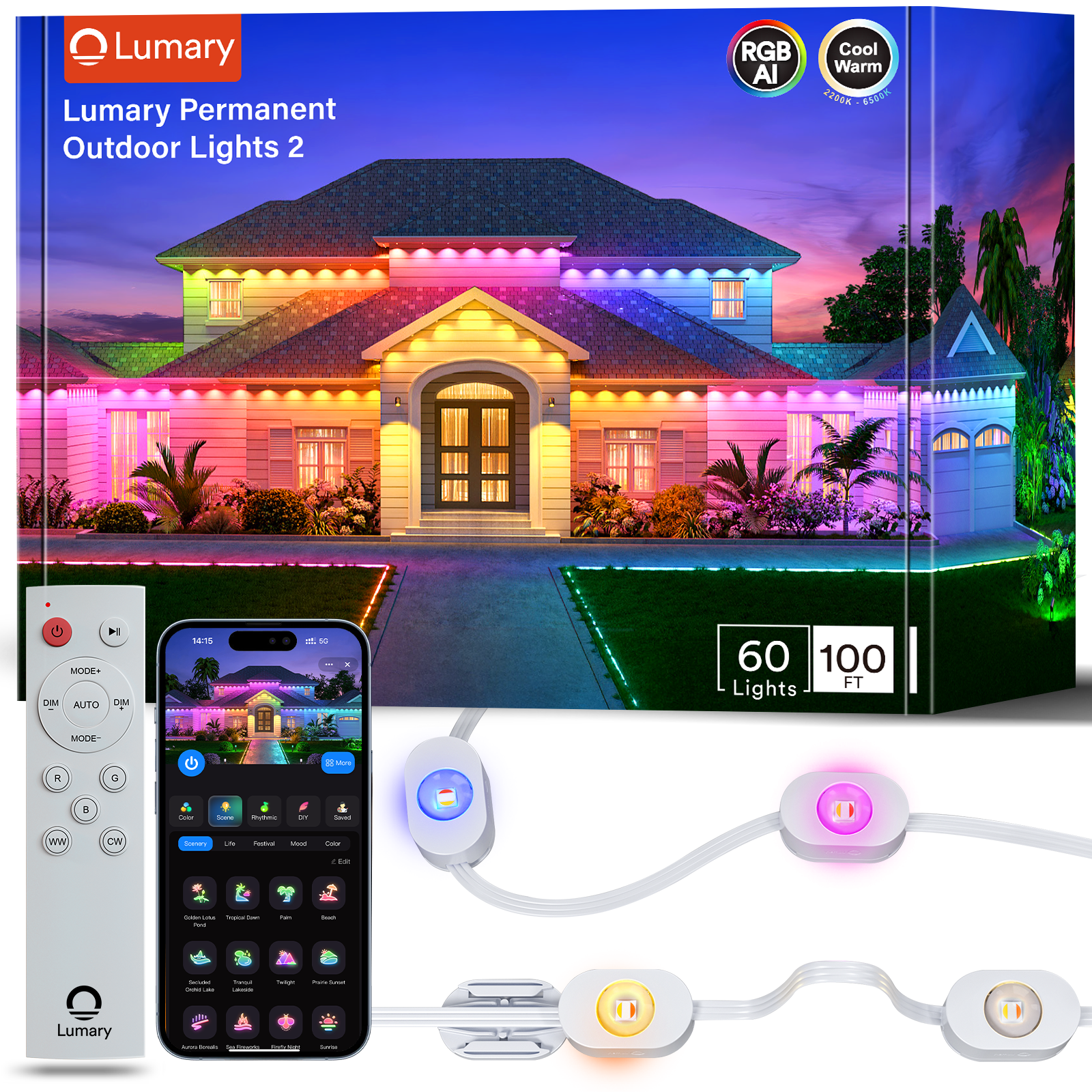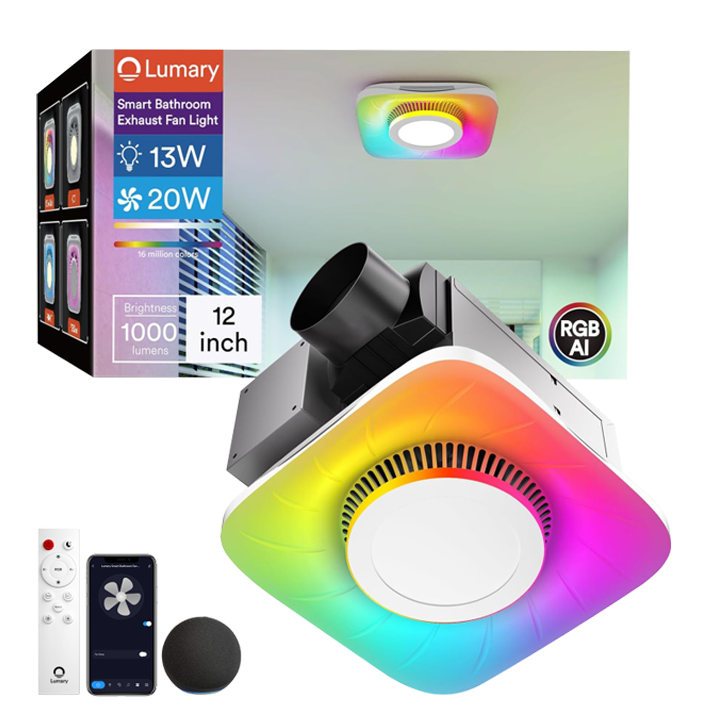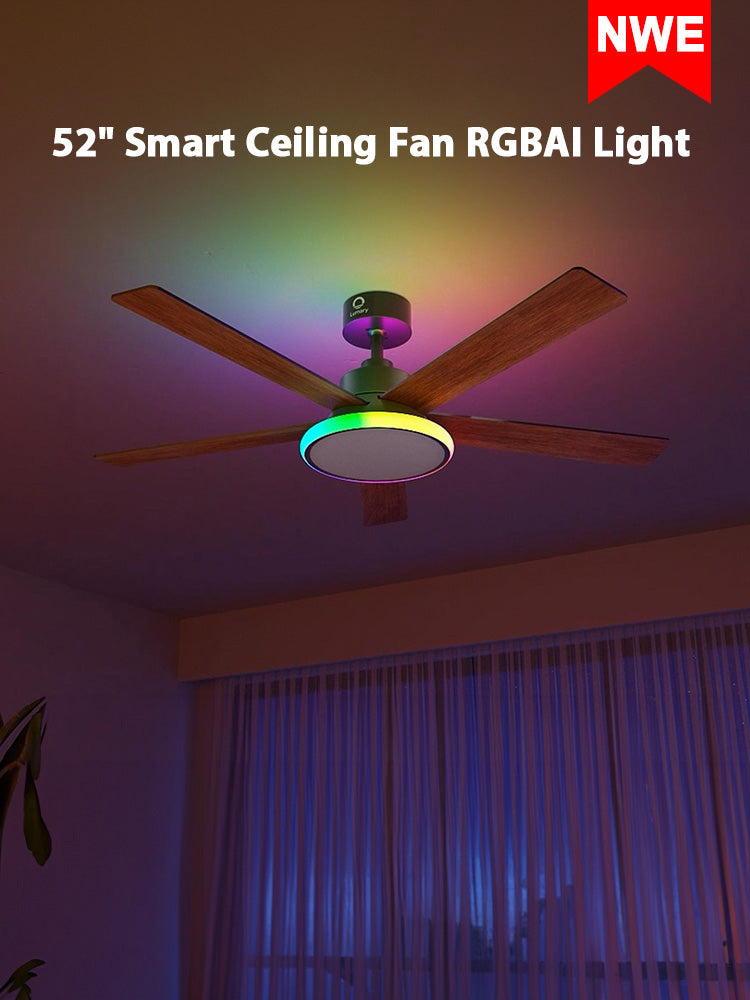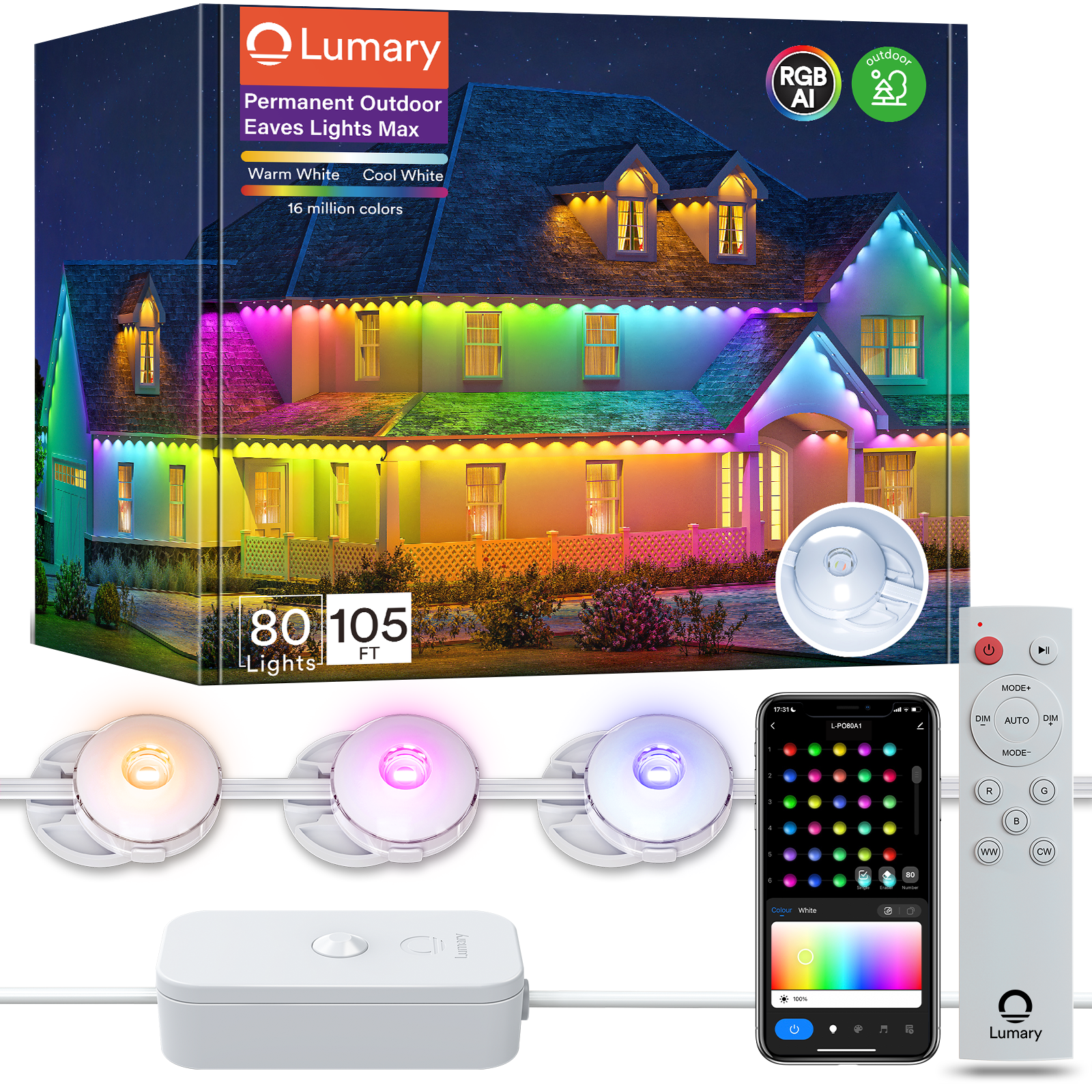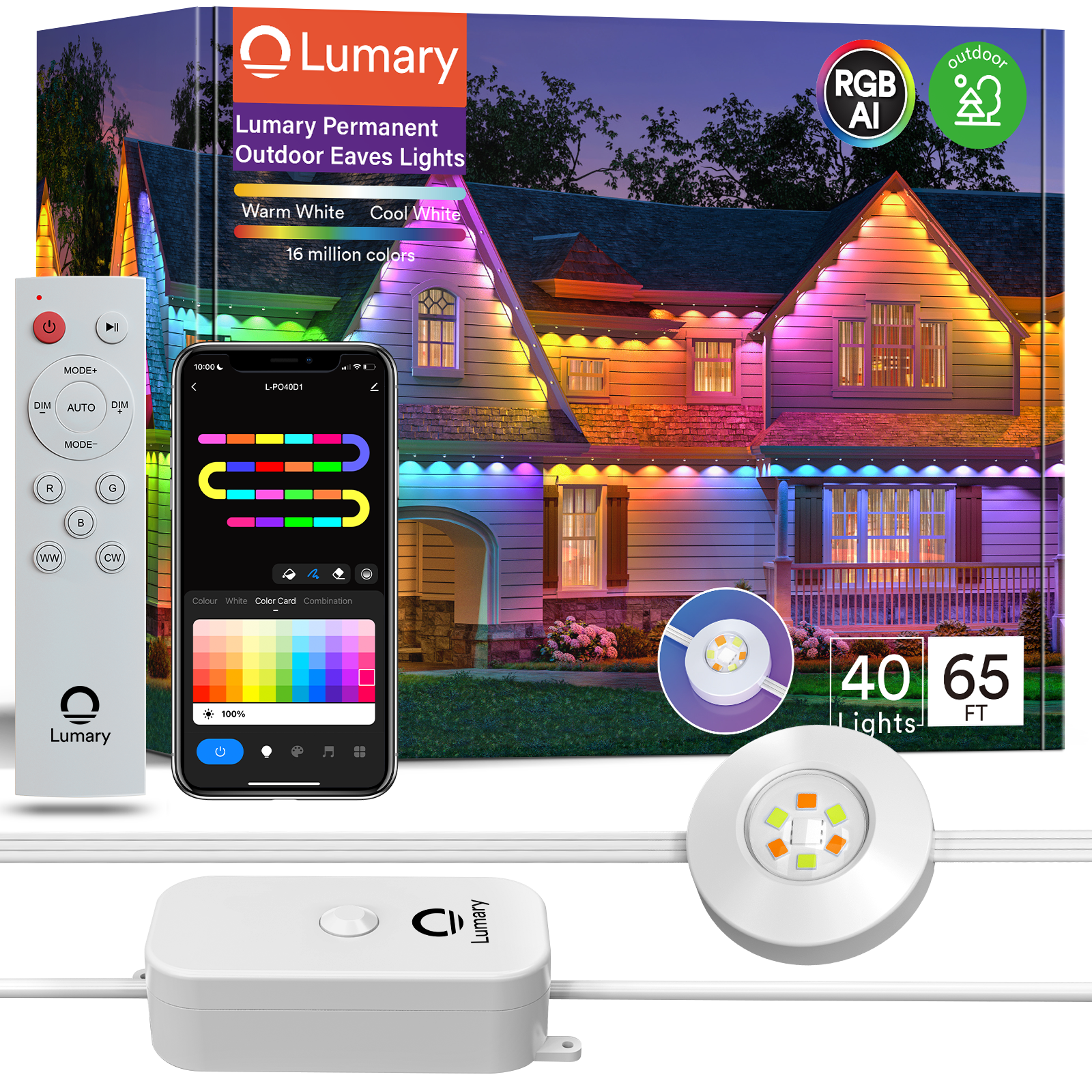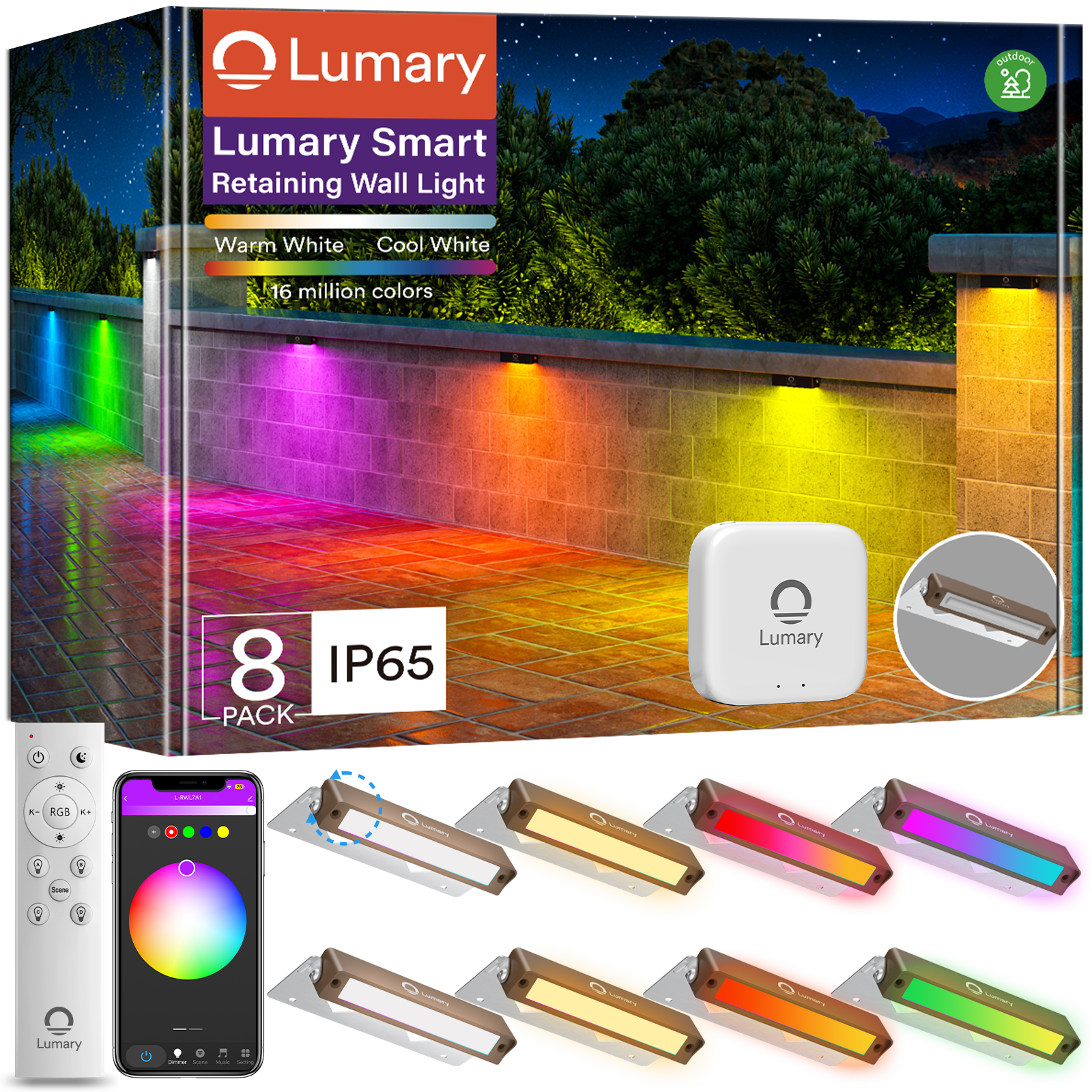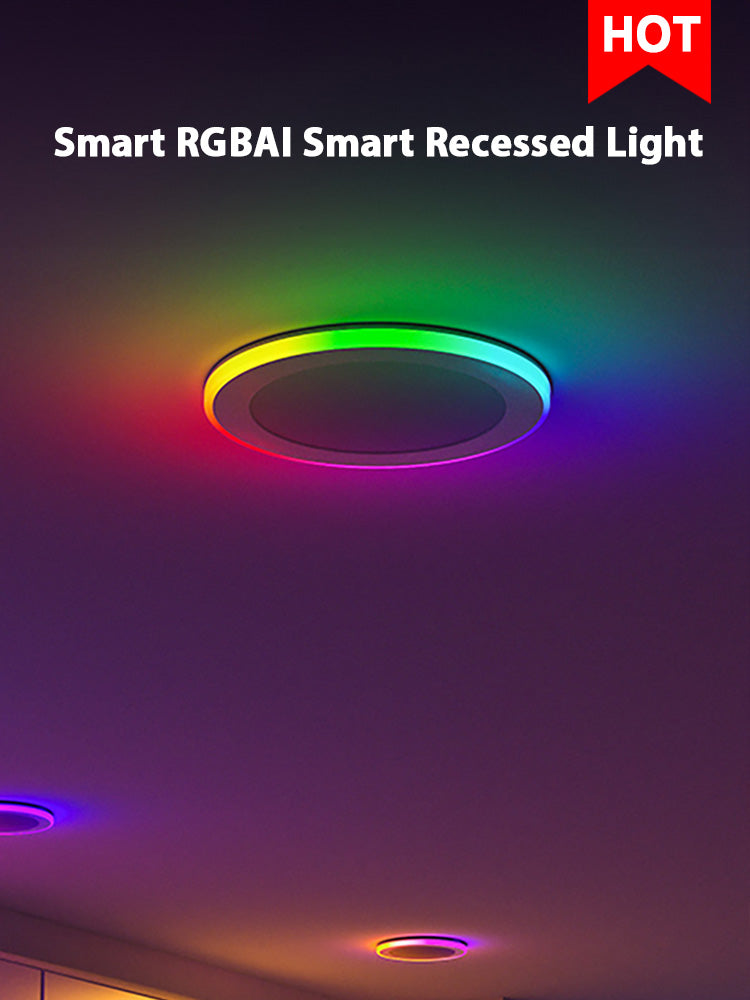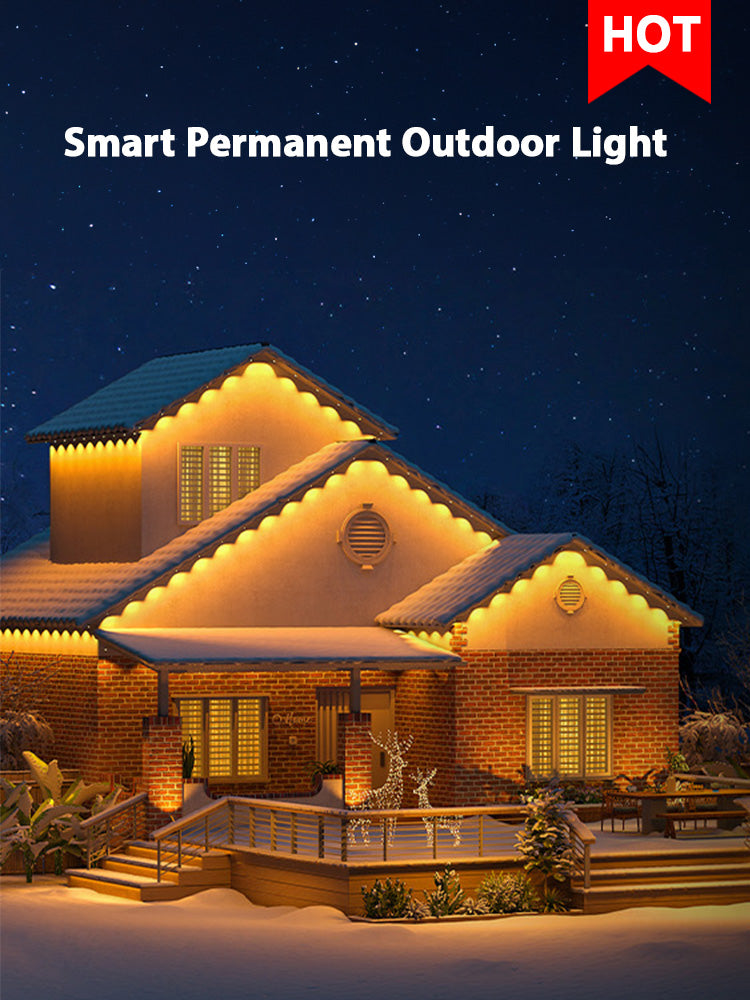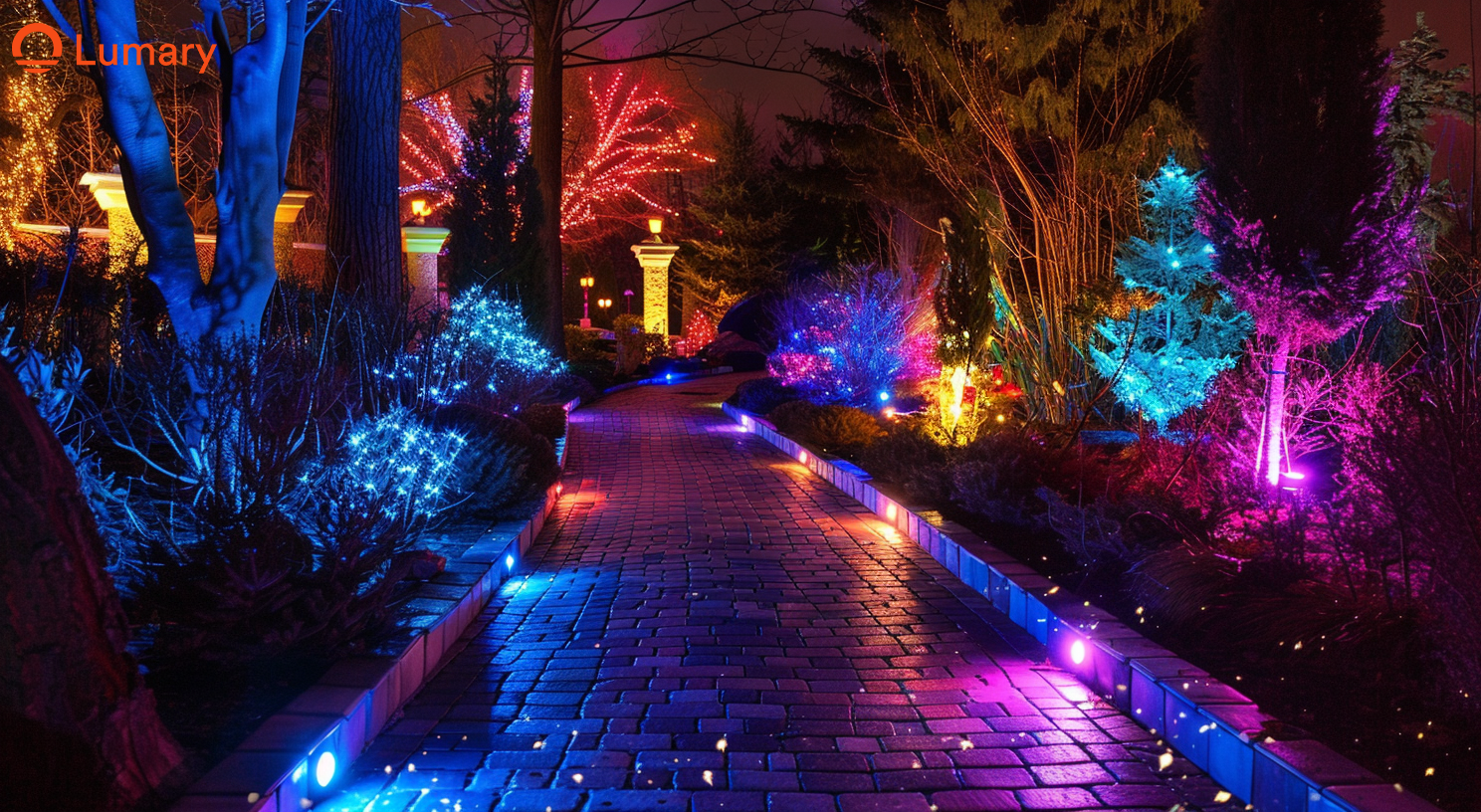LED technology revolutionizes the way we illuminate our surroundings. With LED lights, energy efficiency takes the spotlight in today's eco-conscious world. This blog aims to shed light on how LED lights not only brighten your space but also dim your energy bills. Discover the enlightening journey of savings and sustainability as we delve into the realm of efficient lighting solutions.

Understanding LED Technology
What are LED Lights?
Light-emitting diodes (LED lights) are solid-state devices that efficiently convert electric energy directly into light of a single color. They function as transducers of electricity into light, operating in reverse of photodiodes. Unlike traditional lighting sources, LED lights do not waste energy in the form of non-light producing heat.
Basic principles of LED technology
-
LED lights utilize "cold" light generation technology, delivering most of the energy in the visible spectrum.
-
The efficiency of LED lights stems from their direct conversion of electrical energy into light, minimizing energy loss.
Comparison with traditional lighting (incandescent, fluorescent)
-
LED lights outshine incandescent and fluorescent options by converting more electrical energy into visible light.
-
Unlike incandescent bulbs that emit light through heating a filament, LED lights produce light through electroluminescence, making them highly efficient.
How LED Lights Work
When it comes to understanding how LED lights work, it's essential to grasp the core components that make them so efficient.
Semiconductor materials and light emission
-
LED lights rely on semiconductor materials like gallium nitride to emit photons when an electric current passes through.
-
The process involves electrons recombining with electron holes within the device, releasing energy in the form of light.
Role of drivers and heat sinks
-
Drivers play a crucial role in regulating the voltage and current supplied to LED lights, ensuring optimal performance.
-
Heat sinks help dissipate excess heat generated during operation, maintaining the longevity and efficiency of LED lights.
Financial Benefits of LED Lights
Lower Energy Bills
When comparing LED lights to traditional incandescent bulbs, the difference in energy consumption is striking. LED lights use only about 20-25% of the energy consumed by an incandescent bulb to produce the same amount of light. This substantial reduction in energy usage translates directly into cost savings for consumers.
-
LED lights are designed to be highly efficient, converting a large portion of electricity into visible light.
-
The minimal energy wasted as heat sets them apart from traditional lighting options.
Real-world examples and statistics further highlight the significant impact LED lights can have on reducing energy bills:
-
On average, households can save up to 75% on lighting costs by switching to LED technology.
-
Commercial buildings implementing LED lighting solutions report energy savings ranging from 30% to 90%.
By making the switch to LED lights, not only do consumers benefit from immediate cost reductions, but they also contribute to a more sustainable future through reduced energy consumption.
Reduced Maintenance Costs
One of the key advantages of LED lights lies in their longevity and durability compared to traditional lighting sources. High-quality LED lamps consume at least 75 percent less energy than incandescent lamps, leading to extended operational life spans.
-
The longevity of LED lights significantly reduces the frequency of replacements required.
-
Lower maintenance needs translate into decreased labor costs over time.
Considering that LED lights last up to 25 times longer than incandescent bulbs, the long-term financial benefits become evident. By investing in durable and efficient lighting solutions, individuals and businesses alike can enjoy substantial savings on maintenance expenses while contributing positively to environmental conservation efforts.
Environmental Impact
Energy Efficiency
LED lights play a pivotal role in enhancing energy efficiency and reducing environmental impact. The transition to LED lights leads to a significant decrease in carbon footprint, contributing to global sustainability efforts.
-
LED lights are designed to convert electrical energy into visible light with minimal energy loss, ensuring a more efficient use of resources.
-
By utilizing LED lights, individuals and businesses can actively support sustainability goals by reducing energy consumption and greenhouse gas emissions.
Less Waste
The longevity and durability of LED lights directly address the issue of waste generation associated with traditional lighting solutions. Their extended lifespan significantly reduces the amount of waste produced, promoting a more eco-friendly approach to illumination.
-
With their prolonged operational life, LED lights minimize the frequency of replacements needed, resulting in reduced waste accumulation.
-
Additionally, the recyclability and disposal benefits of LED lights further contribute to environmental preservation by minimizing overall waste output.
Additional Benefits of LED Lights
Improved Light Quality
When it comes to LED lights, the focus shifts beyond energy efficiency to encompass enhanced light quality. The Color Rendering Index (CRI) of LED lights plays a crucial role in accurately representing colors in various settings, from cozy homes to vibrant workspaces.
-
LED lights with a high CRI value ensure that colors appear vivid and true to life, creating visually appealing environments.
-
Customizable lighting options allow users to adjust the color temperature and brightness of LED lights according to their preferences, promoting comfort and productivity.
Safety and Durability
The safety features of LED lights go hand in hand with their exceptional durability, making them a reliable lighting choice for diverse applications. With lower heat emission compared to traditional lighting sources, LED lights reduce the risk of accidental burns or fire hazards.
-
By emitting minimal heat during operation, LED lights remain cool to the touch, ensuring safe usage in any environment.
-
The inherent resistance of LED lights to shock and vibration enhances their longevity and reliability, guaranteeing consistent performance over an extended lifespan.
"One of the main benefits of LED light therapy is its safety record. According to research, LED light therapy has an excellent safety profile." - Research
Recalling the enlightening journey through LED technology, the switch to LED lights illuminates a path of significant benefits. The long-term advantages of reduced energy consumption and maintenance costs shine brightly for both households and businesses. Testimonials showcase remarkable savings, with ROIs exceeding expectations in various scenarios. It's time to take action and embrace the financial and environmental rewards awaiting those who upgrade to LED lighting solutions. Make the sustainable choice today for a brighter tomorrow!

